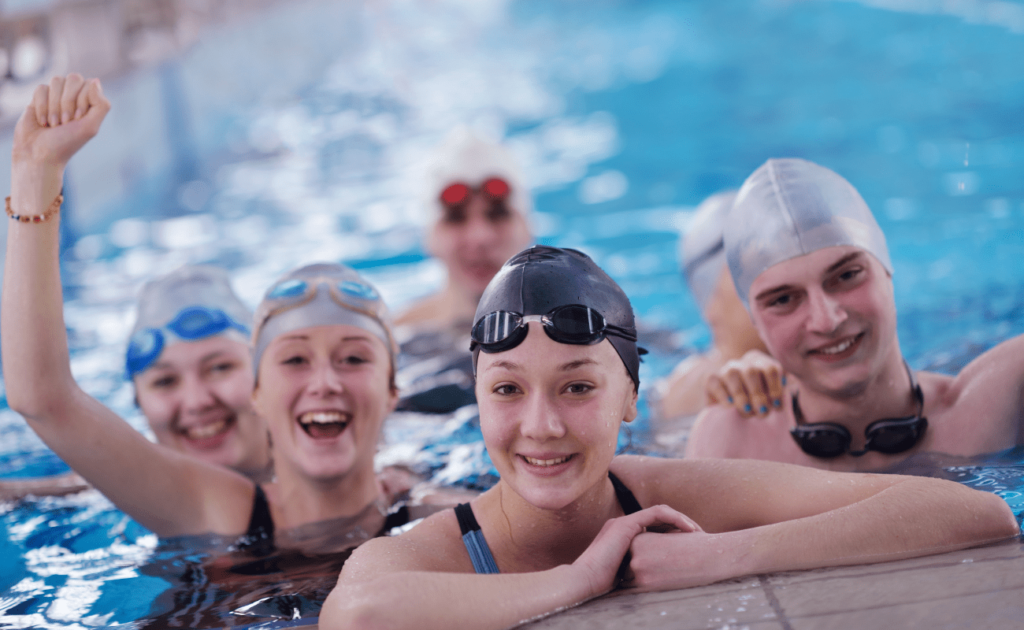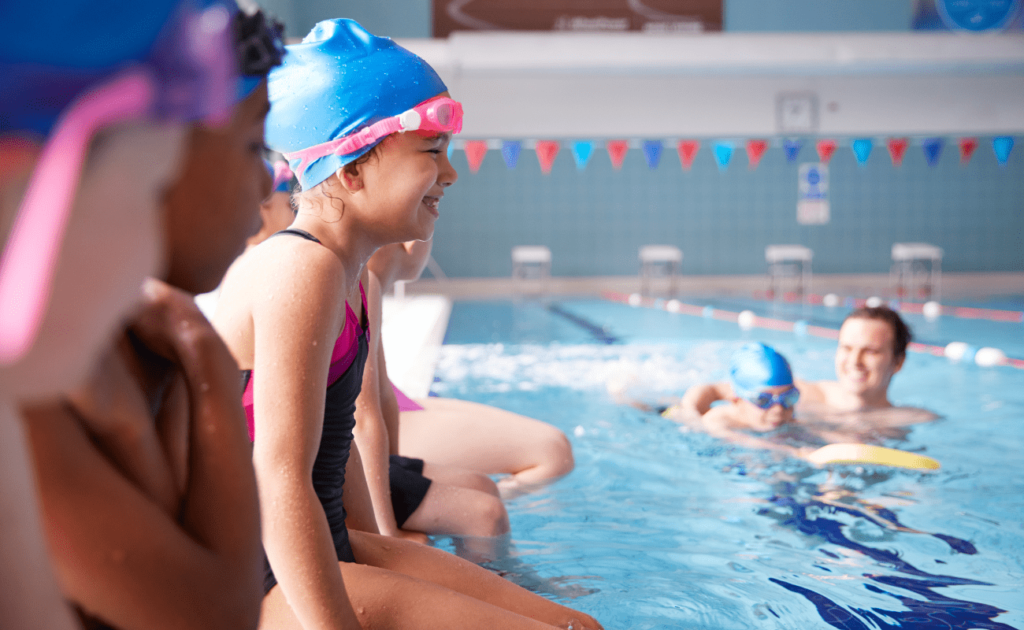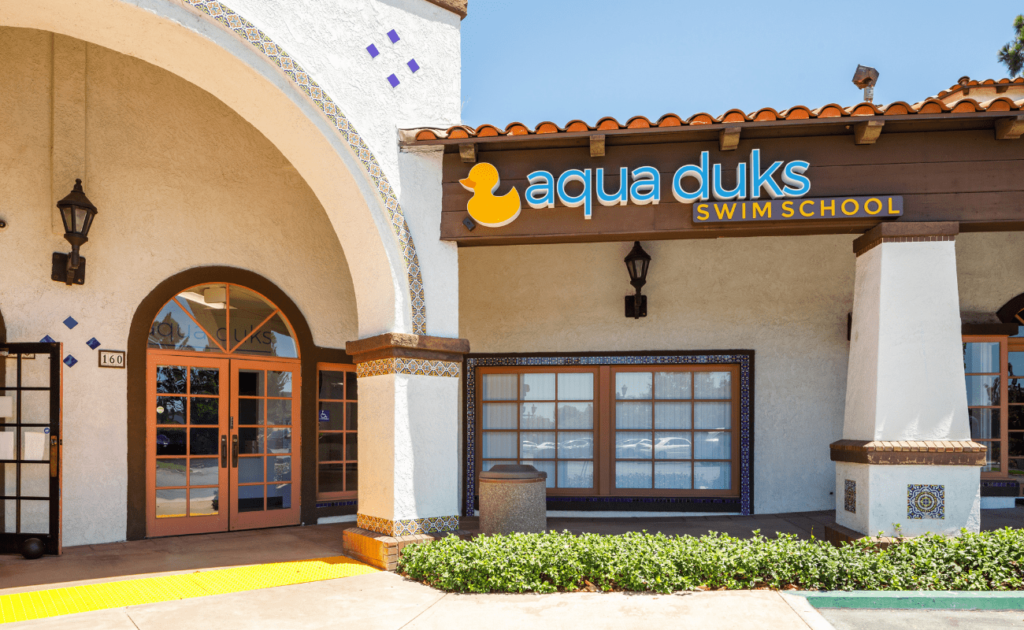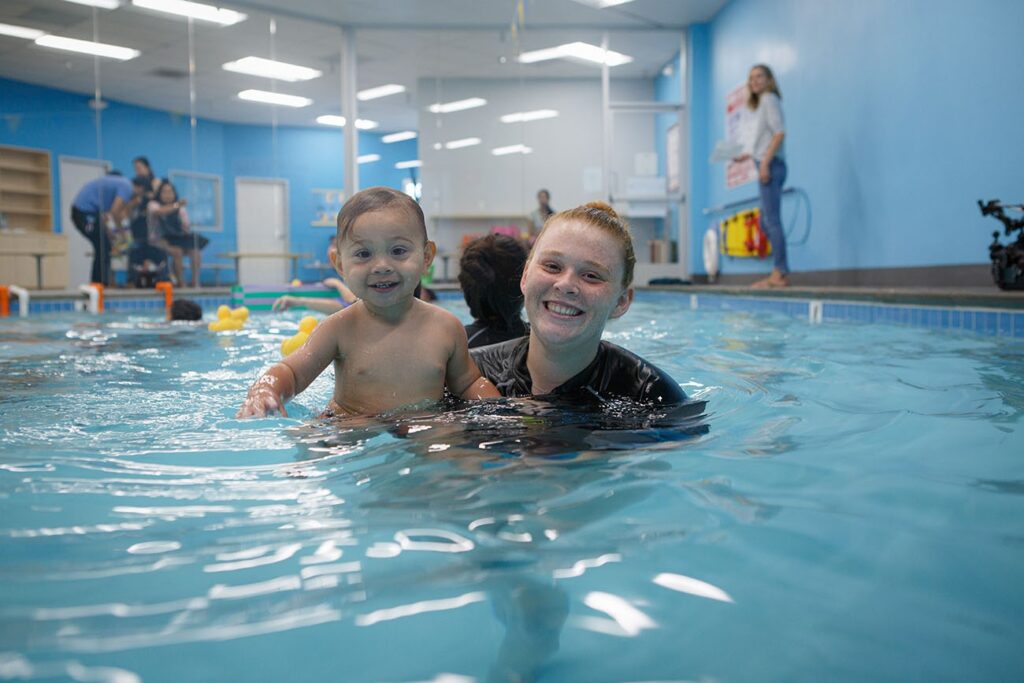By Johnny Johnson
There are many different philosophies concerning how a child can and should be taught to swim. I ascribe to what can be called the developmental approach. In this type of program, each of the child’s developmental characteristics is considered. Two key areas of concern are physical and emotional readiness. Too often only the child’s physical readiness is considered. Physically, a child may be capable of developing the arm and leg movements and balance control necessary to propel them through the water by two years of age. The ability to recover breath by lifting the face forward out of the water or rolling onto the back can also be attained at this age.
The most critical aspect of any swim school is safety. Ensure the swim school has well-trained and certified instructors with experience in teaching children. Look for swim schools that have instructors certified by recognized organizations such as the American Red Cross, Swim England, or the Australian Swimming Coaches and Teachers Association (ASCTA).
However, the key factor in evaluating a child’s ability in the water is emotional readiness. This will determine if a skill is developed under voluntary control or if it is the result of a response based on negative reinforcement. For example, can a child enter the water comfortably, and with voluntary control decide what course of action will be taken? Is the child able to dive under, swim to any area in the pool and take a breath at will? Or, is the act of swimming a response to entering the water, whereupon a child either rolls to her back in an act of self-preservation or scrambles for the side of the pool? It is the level of emotional control, internal trust, and understanding that the child possesses that concerns me.
Unfortunately, in many programs, the ends justify the means. But in many of these cases the child only understands “mean”. Forcing a child to perform a task for which he is not emotionally ready can cause lasting psychological damage. The writings of Dr. T. Barry Brazelton reflect this concern. Dr. Brazelton has written numerous books and articles about early infant/child development. His approach to learning and development incorporates attachment issues, brain development and how environmental stresses influence a child’s ability to feel safe and secure. He concludes that highly traumatic or chronically minor traumatic experiences greatly affect the emotional well being of a child, and can lead to a disruption in the development of self-esteem.
According to the Carnegie Task Force on Meeting the Needs of Young Children (1994):
-Brain development before age one is more rapid and extensive than was previously realized. Although cell formation is virtually complete before birth, brain maturation continues after birth.
-Brain development is much more vulnerable to environmental influence than was suspected. There is considerable evidence showing that infants exposed to good nutrition, toys and playmates had measurably better brain function at twelve years of age than those raised in a less stimulating environment.
-Environment affects not only the number of brain cells and the number of connections among them but also the way these connections are “wired”. The process of eliminating excess neurons and synapses from the dense, immature brain, which continues well into adolescence, is most dramatic in the early years of life, and it is guided to a large extent by the child’s sensory experience of the outside world.
-Early stress can affect brain function, learning and memory adversely and permanently. New research provides a scientific basis for the long-recognized fact that children who experience extreme stress in their earliest years are at greater risk for developing a variety of cognitive, behavioral, and emotional difficulties later in life.
I have taught and observed thousands of children learning to swim in a fun, effective and lasting way with laughter and squeals of joy, rather than tears and screams of fear. I strongly advise those of you considering swim lessons for your young child or those that are in a program that is causing you concern to look around and try a little tenderness.
Try A Little Tenderness
Thanks to Dr. Victoria Snider for her comments on Dr. Brazelton’s work.
Johnny Johnson is a past president of the United States Swim School Association, President of the Swim for Life Foundation, Creator and co-chairman of the Safer 3 Coalition drowning prevention program, a charter member of the Board of Directors of the National Drowning Prevention Alliance, and co-owner and operator of Blue Buoy Swim School.





